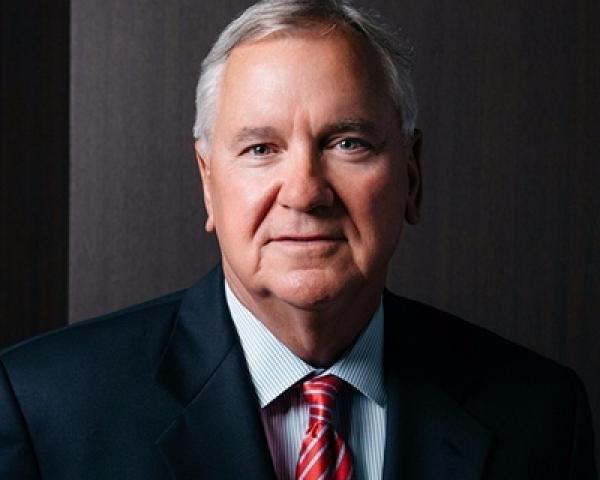With more vehicles on the road and less experienced drivers operating them, insurers are rushing to compensate for the increasing lack of profitability of commercial auto insurance lines. According to a report from Insurance Journal,
two major carriers have closed their doors in the past decade, and some accounts have increased prices by 30%.
Experts point to multiple factors contributing to the dilemma. To begin, the improved economy means more consumers are purchasing new vehicles and taking them on the road. Because more vehicles mean more accidents, this poses serious problems for commercial auto insurance.
Further, the improved economy leads to a tighter labor market, which causes trucking companies to hire drivers with less experience. This means that roads are not only more crowded, but also filled with drivers who are not as equipped to drive as they should be.
Another rapidly increasing threat to commercial auto insurance is distracted driving. When drivers use technology on the road when they need to be paying attention, they cause serious accidents. These accidents often involve more sophisticated vehicles that require more sophisticated repair, leading to higher costs. On top of that, injury claims are more severe and litigated more often than before, with settlements and verdicts reaching the millions.
Better Strategies Need Better Structures
Many think of technology as the most significant contributor to hurting commercial auto insurance. Other than the excess costs of repairing technologically advanced vehicles, drivers themselves are too often distracted by technology like cellphones and other personal devices on the road. More than that, technology is driving a push toward fully automated vehicles in the coming years, and many insurers wonder whether commercial auto insurance lines will become obsolete as a result.
See also: How to Extend Reach of Auto Insurance
In industries that are used to adapting quickly and nimbly, technology is not necessarily a major driver of declining profits. However, the insurance industry tends to operate traditionally and be less quick to move, which leads to delayed reactions and reluctance to adopt new ways of doing things. Because insurers usually measure trends over decades, not years, they are uncertain how to react in real time as commercial auto insurance lines suffer.
The answer is to reform the structures that make technology seem like hindrances and turn them into advantages. Insurance is an industry with a number of institutions that have been in the business for decades, which offers distinct advantages others simply do not have: longevity and expertise. Having refined a practice for years is valuable, and insurance companies can harness that value to shift their infrastructures and adapt to the needs of current markets. In other words, those in the insurance industry must turn what seems like a disadvantage at first glance into a unique competitive edge — and there are some key ways to do this.
For instance, those cars equipped with monitors, sensors and hands-free technology, while much more expensive to repair, produce a wealth of data that can lay the foundation for a comprehensive approach to augmenting risk models, managing change and reacting to shifts in market trends more rapidly. Companies that already have years of experience behind them also have formidable databases that allow them to build and bolster this new model of operation.
The longstanding trust that customers have in many insurance institutions can also be leveraged to introduce technology that helps transportation companies mitigate risk associated with new hires or even to detect situations in which drivers are distracted by cellphones. The institutions can be more than just insurers and instead become partners in helping companies lower claim rates, protect their investments and implement innovative solutions to address the dangers increasingly found on the roads.
The Silver Lining, Found
There is no doubt that the dynamics of commercial auto insurance have changed and that most insurers have struggled to adapt. However, not every company has failed to respond and those that have have proved that there is plenty of hope for the industry and commercial auto lines to survive and thrive.
See also: The Best Approach for Small Commercial?
Some companies have found success in boosting commercial auto rates by encouraging their agents to speak freely with clients about issues facing the industry and to work with those clients to implement sensors and monitoring technologies in their vehicles to make safer, better conditions for themselves and those on the road.
Using technology and data to understand the market and letting go of old business models that stand in the way of adaptation will prove to be the silver lining insurers need to make it through what seems like dire times. These tactics might just prove that times are not so dire after all.


